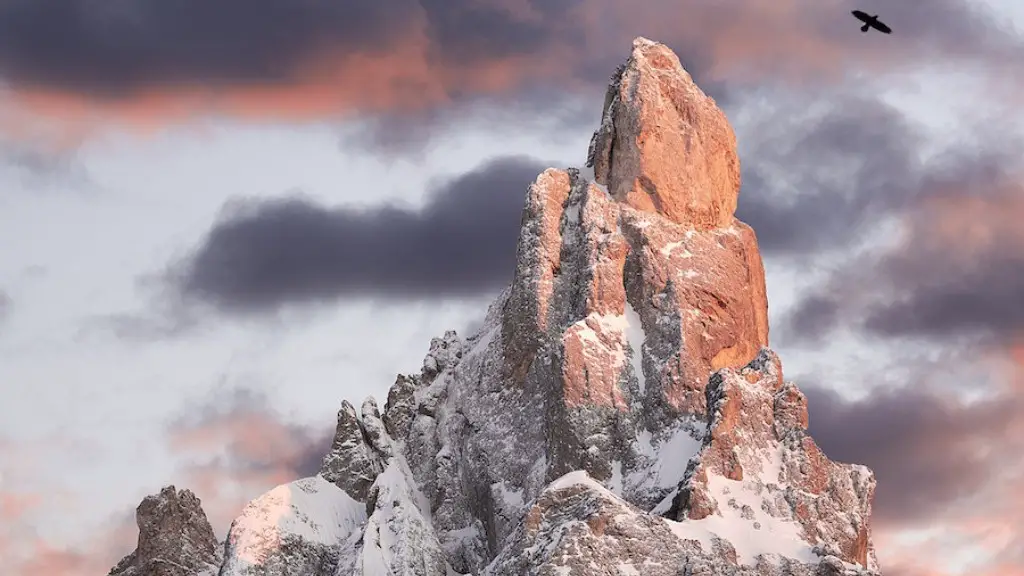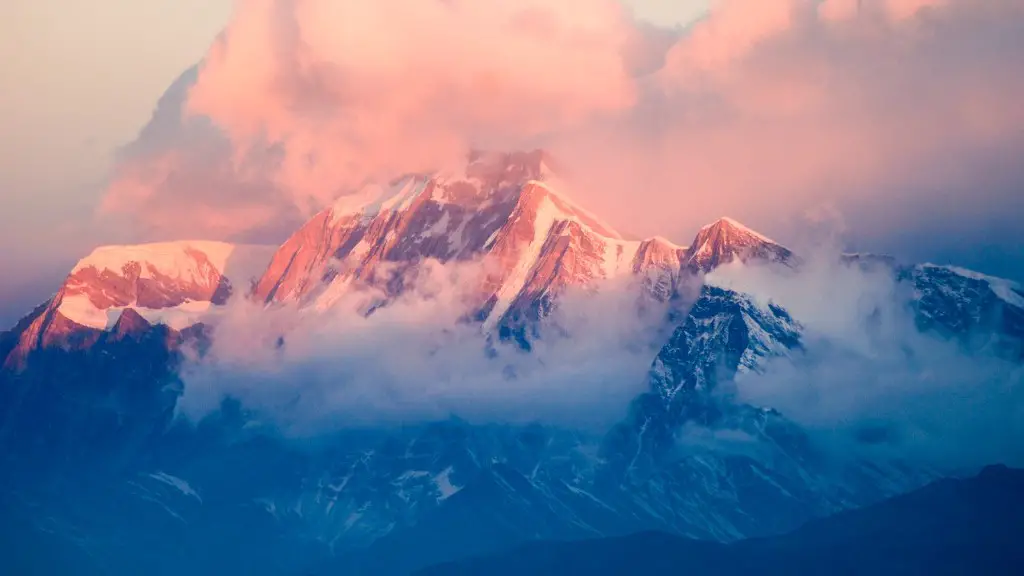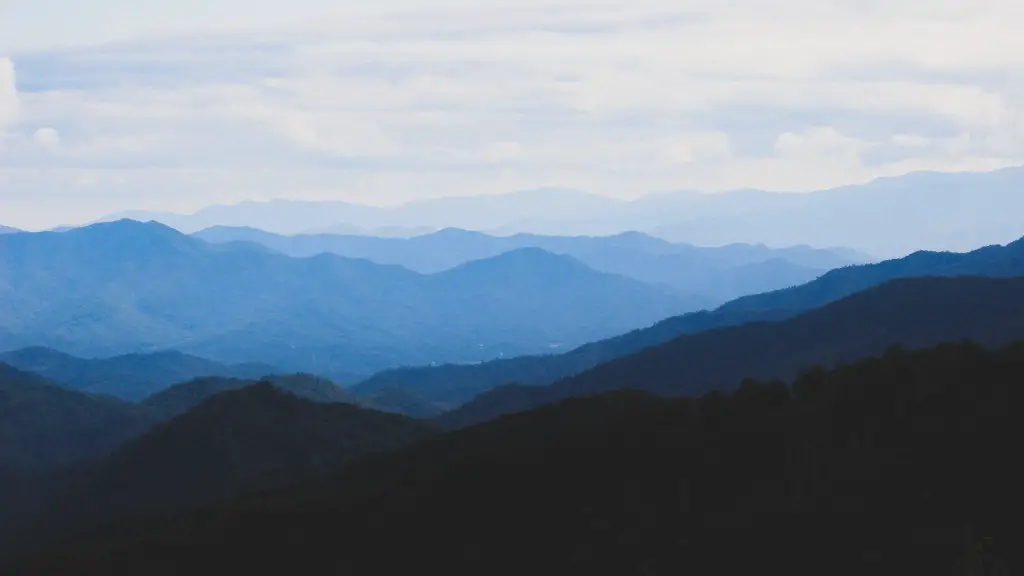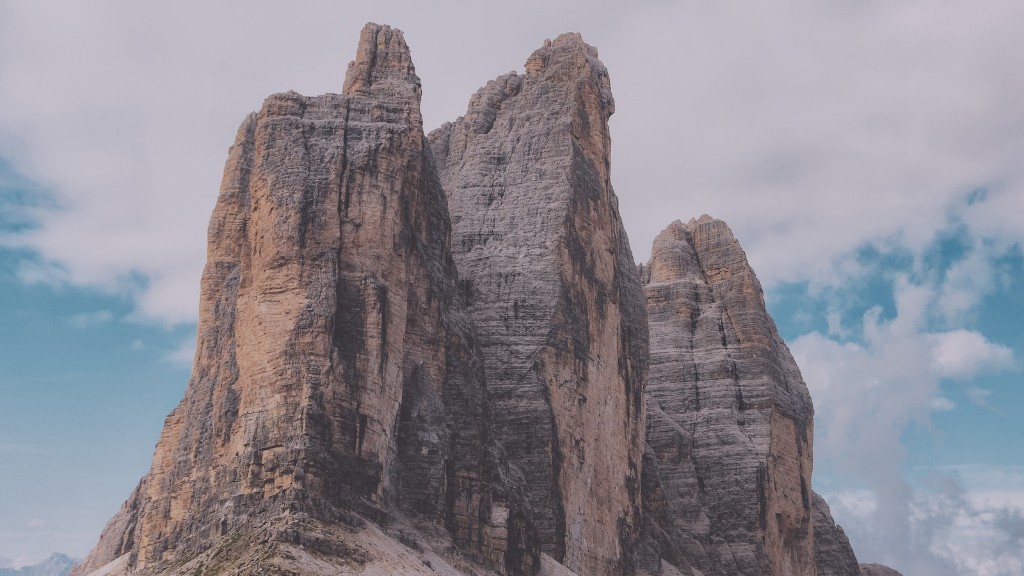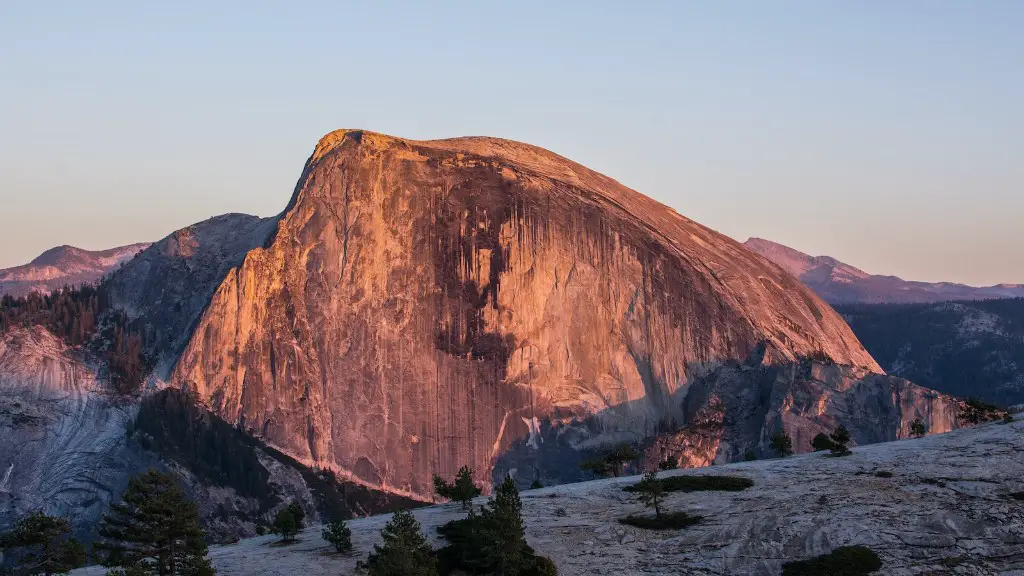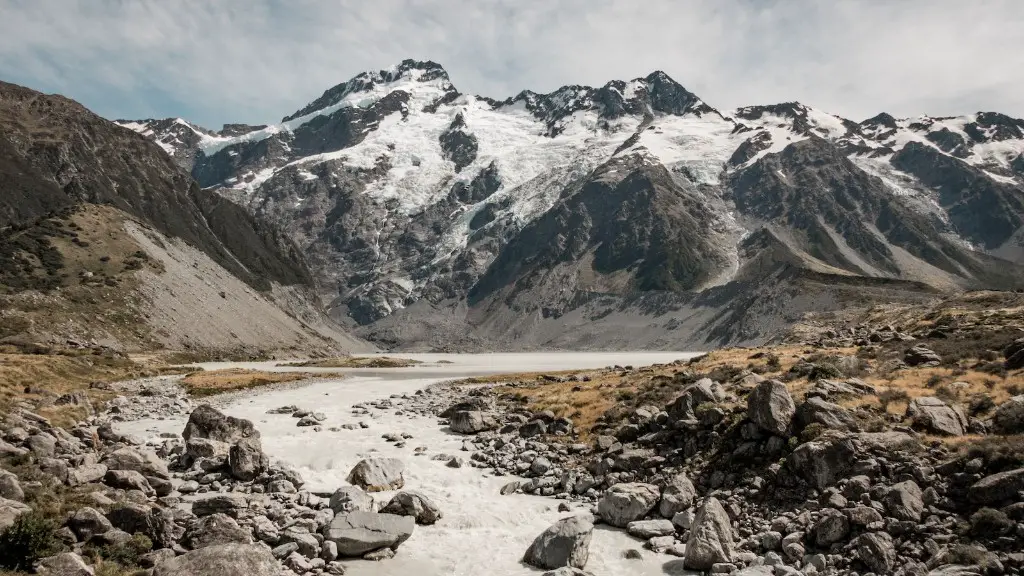Mount Everest, the highest mountain in the world, has been a challenge for climbers since Edmund Hillary and Tenzing Norgay first reached its peak in 1953. Some people train for years to attempt to summit Everest, while others have died trying.
If you’re planning to climb Mount Everest, you’ll need to do more than just hit the gym. You’ll need to be in excellent physical condition and have the mental fortitude to endure one of the most difficult challenges imaginable. Here are some tips to help you train for a successful ascent of Mount Everest.
There is no one-size-fits-all answer to this question, as the training required to climb Mount Everest will vary depending on your individual fitness level and experience. However, there are some general guidelines you can follow to help you prepare for the challenge ahead.
Some basic tips include:
-Start by gradually increasing your hiking/climbing mileage and elevation. This will help your body acclimatize to the higher altitudes you’ll encounter on the mountain.
-Focus on building up your aerobic endurance with long distance hikes or runs.
-Add strength training to your routine to build the muscles you’ll need to power through the tougher sections of the climb.
-Make sure to give your body plenty of rest and recovery days to prevent injury and allow your muscles to repair themselves.
Climbing Mount Everest is an extreme challenge, but with the proper training and preparation, it is certainly achievable.
How long do you need to train to climb Mount Everest?
Everest is the tallest mountain in the world, and climbing it is an incredible feat. Most people will need to train specifically for their climb of Everest for at least a year, building up from a solid baseline of fitness for the last six to nine months. This training should include a mix of cardiovascular exercise, strength training, and endurance training, as well as acclimatization to the high altitudes.
If you’re looking for an adventure and want to test your limits, trekking to Everest Base Camp is a great option. While it’s not as challenging as summiting Mount Everest, it’s still a physically demanding trek. But with some preparation and training, it’s a doable trek for most people. So if you’re up for the challenge, read on for more information about trekking to Everest Base Camp.
What training is required to climb Mount Everest
To be successful on Everest, you need to have a high level of ‘climbing specific fitness’ and aerobic capability and strength. It is vital that your training closely simulates what you will be doing on the mountain. Traditional gym workouts or general fitness plans aren’t targeted enough.
To successfully summit Everest, you must be in excellent physical condition and have plenty of previous experience climbing at high altitudes. Most people spend at least a year training before attempting to climb the mountain.
How cold is it at the top of Everest?
The weather on Mount Everest is one of the most extreme on Earth. Temperatures at the summit are never above freezing and during January can drop as low as -60° C (-76° F). Despite the low temperatures, the biggest issue faced by climbers are hurricane force winds and wind chill. These conditions make it extremely difficult to climb the mountain and can be very dangerous.
The two routes to scale the world’s tallest peak are from the Everest North side in Tibet or from the Everest South side in Nepal. Chinese authorities impose an age limit of 18-60 in Tibet, while in Nepal, climbers must be a minimum of 16 years old but there is no upper age limit.
Can I climb Mount Everest for free?
Hey everyone,
I’m organizing a trekking trip and I’m looking for people to join me. If you bring ten others with you on the trip, you can get your spot FOR FREE. So spread the word and let’s go on an adventure!
The price of a standard supported climb can range from $28,000 to $85,000. This includes transportation from Kathmandu or Lhasa, food, base camp tents, Sherpa support, and supplemental oxygen. A fully custom climb can cost over $115,000. Those who are willing to take on more risk can skimp by for well under $20,000.
Can Mount Everest be climbed in one day
Lhakpa Sherpa said that the trek from Camp Four to the summit is by far the most difficult day of the journey. This is because it adds 2,500 feet in elevation, and it takes about seven hours to complete. Typically, climbers attempt to make it to the summit and back to Camp Four in a single day, spending as little time as possible in the death zone.
The average price to climb Everest in 2022 was $54,972, with a median price of $46,995. In 2021, the average price was $54,044, with a median price of $46,498. By comparison, the average price increased by $928, or 1.7%, from 2021 to 2022. The median price also increased by $497, or 1.1%, from 2021 to 2022.
How do you physically prepare for Everest?
Everest Base Camp is one of the most popular treks in Nepal. Nearly 30,000 people attempt to reach the summit of Everest each year. However, only a fraction of these people are actually successful in reaching the summit. The main reason for this is lack of preparation. Prospective climbers need to be aware that the trek to Everest Base Camp is not a walk in the park. It is a physically and mentally demanding trek that requires a lot of preparation.
When it comes to preparation, there are three main areas that you need to focus on: cardio endurance, strength endurance, and being comfortable carrying a daypack uphill for long periods of time. Let’s take a closer look at each of these areas.
Cardio endurance is key for any long-distance trek. You need to be able to hike for long periods of time without tiring. The best way to train for this is by hiking or taking long walks at least 1 day per week. It is important to focus on duration rather than distance.
Strength endurance is also important for any long-distance trek. You need to be able to carry a heavy backpack for long periods of time without tiring. The best way to train for this is by doing some strength training
The cost of climbing Mount Everest varies widely depending on the commercial operator. However, on average, a guided trip with bottled oxygen on the south side will cost around $45,000, while on the north side it will cost around $35,000. This is just a broad average, though, and prices can vary significantly depending on the operator.
What is the scariest part of climbing Everest
The Khumbu Icefall is the most dangerous part of an Everest expedition, even with the extensive systems of ropes and ladders installed each climbing season by the ice doctors. This is because the Icefall is constantly moving, and large crevasses can open up without warning. In addition, climbers must negotiate a series of precarious ice towers, some as high as 50 feet. As a result, many expeditions choose to climb the Icefall at night, when it is frozen and more stable.
The “death zone” is a term used to describe the part of a mountain that is above 8,000 meters (26,000 feet). At these altitudes, the oxygen levels are insufficient to sustain human life for an extended period. The summits of the world’s 14 tallest mountains are all found in the death zone. Climbing to the top of any of these mountains is an extremely dangerous undertaking.
What is the hardest part of climbing Mount Everest?
Mt. Everest is the Earth’s highest mountain, and reaching the summit is a major challenge for climbers. One of the biggest challenges is altitude sickness, which can be caused by the low air pressure and rapid temperature changes at high altitudes. Symptoms of acute mountain sickness include headache, nausea, and fatigue, and it can be very dangerous if not treated properly. Trekkers need to be aware of the risks of altitude sickness and be prepared to turn back if they start to experience any symptoms.
The top three causes of death on Everest are avalanches, falls and collapses, and mountain sickness with brain or lung edema. Avalanches are the most common cause of death, accounting for about half of all fatalities. Falls and collapses are the second most common cause of death, accounting for about a fifth of all fatalities. Mountain sickness with brain or lung edema is the third most common cause of death, accounting for about a tenth of all fatalities.
What’s the warmest it gets on Mount Everest
It is interesting to note that the warmest months on the summit of Mount Everest seem to be July and August. During these months, the average temperature at night is around -2°F-0°F (-16°C to -18°C), and during the day it is a few degrees above this. I would speculate that the warmest temperature ever to be reached on the summit is in the 10-15°F (range -10°C to -12°C) on still and sunny days.
Everest’s temperature of -36 degrees Celsius is less extreme than K2’s temperature of -45 degrees Celsius. However, Everest’s wind chill temperature of -66 degrees Celsius is more extreme than K2’s wind chill temperature of -76 degrees Celsius. K2’s higher latitude makes its midwinter conditions similar to Everest’s.
Warp Up
1. There is no one-size-fits-all answer to this question, as the best way to train for climbing Mount Everest will vary depending on your individual fitness level and experience. However, some general tips on how to train for this challenging feat include gradually increasing the intensity and duration of your workouts, as well as doing specific exercises that target the muscles used in climbing. Additionally, it is important to give your body time to recover between workouts and to stay hydrated and well-nourished throughout your training.
The best way to train to climb Mount Everest is to first start with smaller mountains and gradually work your way up. You should also focus on building your endurance and strength, as well as your mental resilience. There is no one perfect way to train for such a huge undertaking, but if you put in the hard work and prepare yourself as best you can, you will have a much better chance of reaching the summit.
